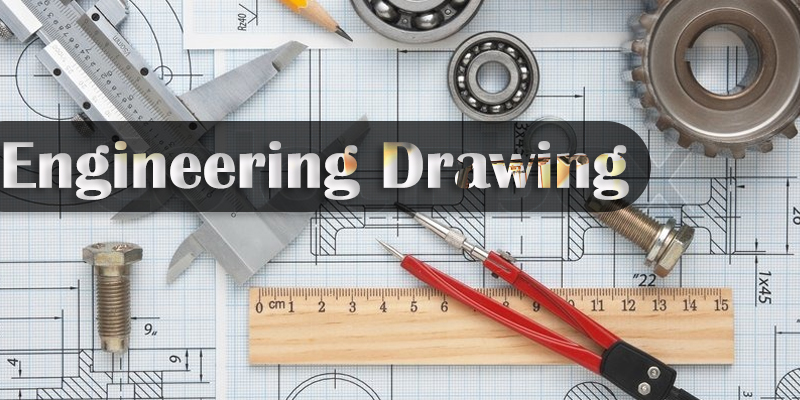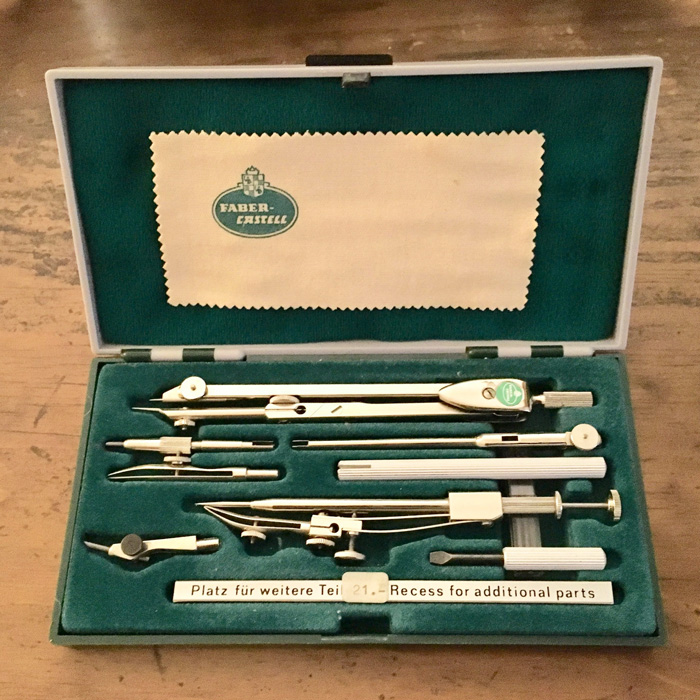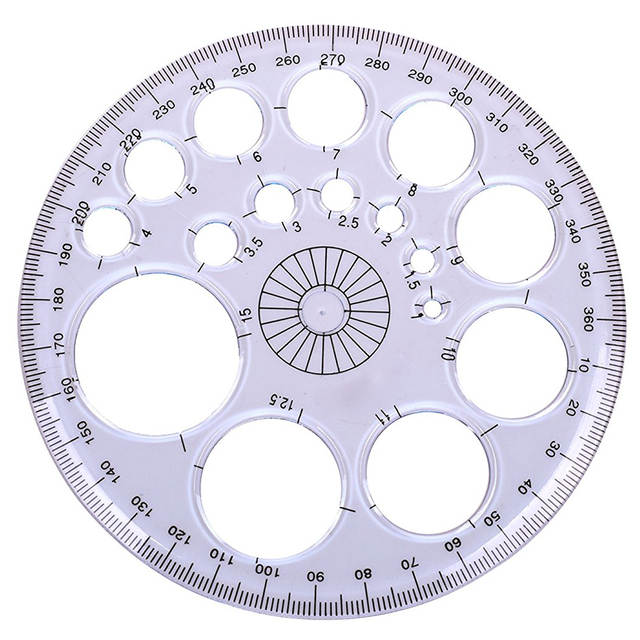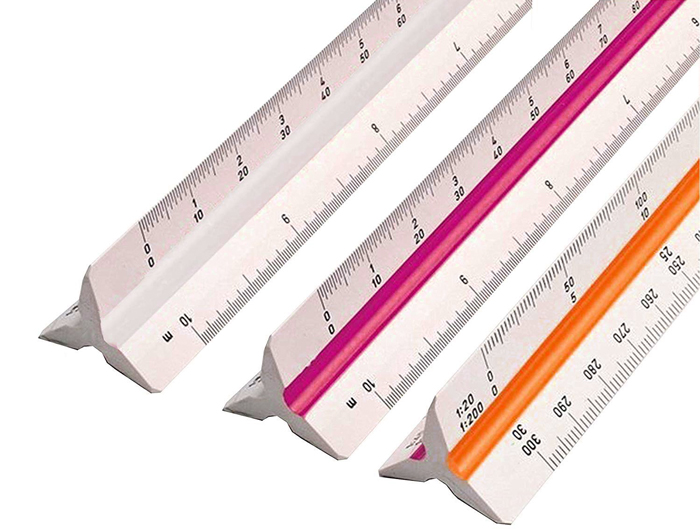Drop spring bow pencil and pen
Drop spring bow pencil and pen : Drop spring bow pencil and pen are designed for drawing multiple identical small circles. Example: rivet holes, drilled/reamed holes. The central pin is made to move freely up and down through the tube attached to the pen or pencil unit. It is used by holding the knurled head of the tube between thumb and middle finger while the index finger is placed on the top of the pin. The pin point is placed on the centre point of the circle to be drawn and pencil or pen is lowered until it touches paper.
- Read more about Drop spring bow pencil and pen
- Log in to post comments




